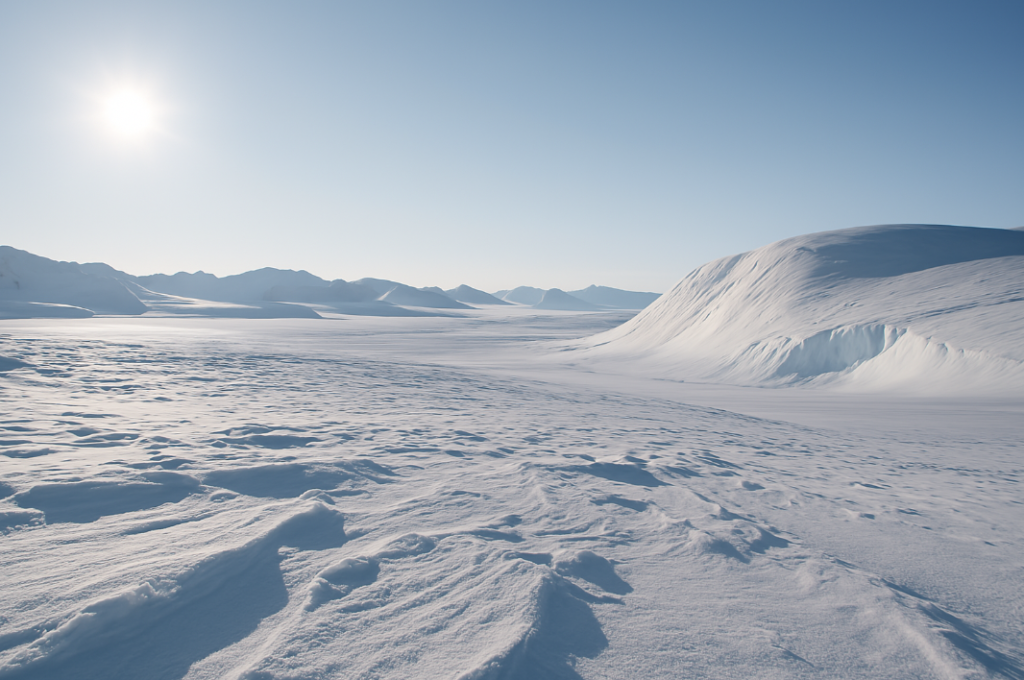
Explore the frozen heart of Antarctica and discover why this icy desert holds the world’s coldest record.
When people think of cold places, locations like Siberia or Canada might come to mind. But the title of the coldest place on Earth belongs to a remote, elevated part of East Antarctica — specifically the **Antarctic Plateau** near Dome Fuji and Dome Argus.
In 2018, satellite data from NASA recorded an astonishing temperature of **-144°F (-98°C)** in this region. That’s colder than dry ice and nearly cold enough to freeze carbon dioxide out of the air. The previous record, measured at the Russian Vostok Station, was **-128.6°F (-89.2°C)** in 1983.
So, what makes Antarctica so cold? It’s a combination of high elevation, extremely dry air, long periods of darkness during polar winters, and reflective snow that prevents the surface from absorbing sunlight. These conditions allow heat to escape the atmosphere rapidly — especially on clear, calm nights.
Interestingly, even though Antarctica is a frozen desert, it receives very little precipitation. The region near the South Pole averages just 2 inches (50 mm) of snow per year — technically drier than the Sahara Desert.
Despite these extremes, Antarctica is home to resilient forms of life. Microbes survive in ice, penguins live along the coast, and seals swim under its frozen sea. Scientists from all over the world conduct research at stations across the continent, studying everything from climate change to ancient ice cores.
The coldest place on Earth is more than just a statistic — it’s a key to understanding Earth’s past, present, and future climate systems.